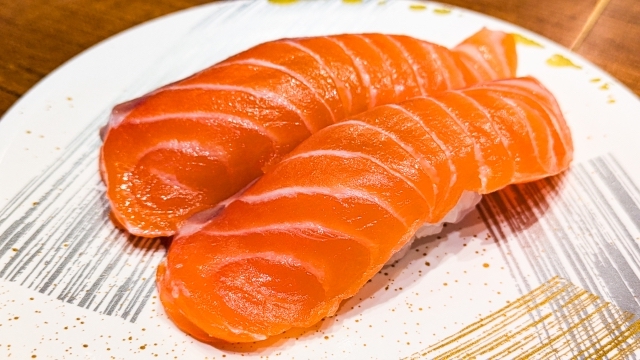In Japan, salmon — known as “sake” or “shake” — is a deeply familiar fish. One traditional form, aramaki-jake (salted and preserved salmon), dates back to the Edo period. Caught in autumn, these whole fish were gutted, salted, and given as winter gifts. Typically, they were grilled before eating. But one thing was certain: salmon was never eaten raw.
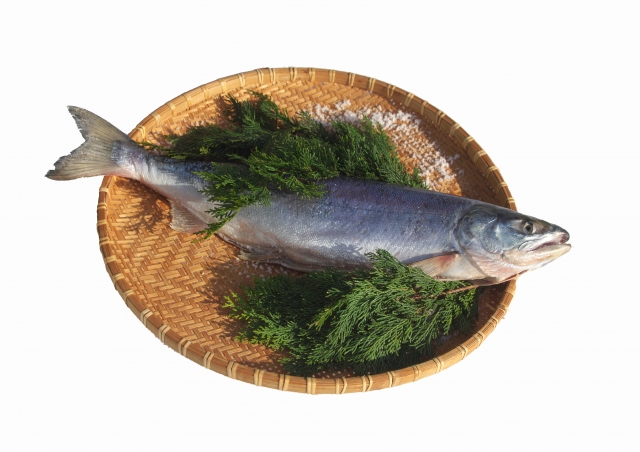
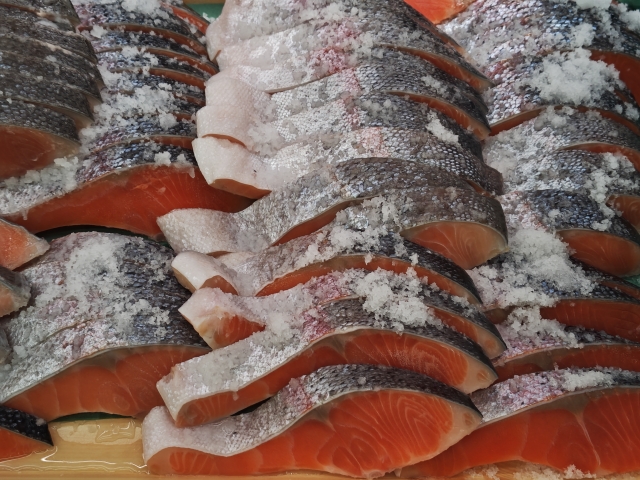
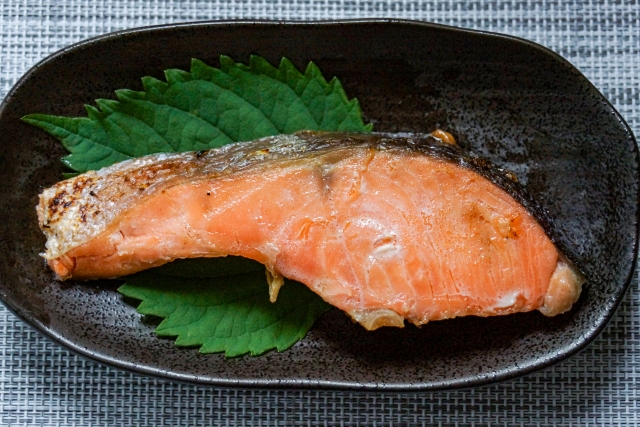
Why? Because wild salmon often contain parasites like Anisakis, making them unsuitable for raw consumption. As a result, salmon was never seen on the sushi menu.
That all began to change in the 1980s. Slowly but steadily, salmon began to appear on Japanese dining tables in a very different form — raw, and atop vinegared rice.
What happened? Behind this shift was a carefully executed strategy by Norway. Norwegian producers had succeeded in farming salmon under strict conditions, ensuring parasite-free fish by controlling their feed and environment. This made it possible to deliver safe, high-quality salmon to global markets.

Norway’s government and seafood industry worked together to promote salmon in Japan. At first, traditional sushi chefs were skeptical. Some resisted the idea of serving raw salmon, clinging to a long-standing belief in sushi’s heritage.
But times were changing. With the rise of conveyor-belt sushi restaurants and the growing influence of large-scale sushi chains, the younger generation began embracing this new ingredient. Assured of its safety and drawn by its rich taste and vibrant color, salmon slowly earned its place as one of the most popular sushi toppings — on par with tuna.

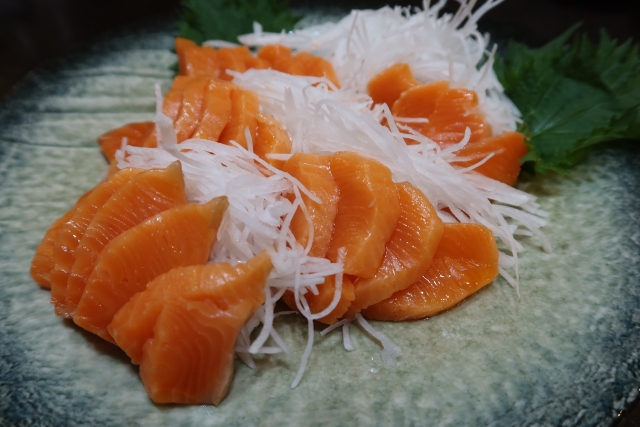
In 2024 alone, Japan imported 24,000 tons of salmon from Norway. Nearly 90% of all raw salmon in Japan now comes from Norway, much of it delivered by air.
Sushi may be a traditional Japanese food, but the rise of salmon as a sushi staple shows how tradition can evolve. It’s a story of aquaculture technology, foreign marketing savvy, shifting consumer preferences, and changing business models in the food service industry.

Personally, I’ll eat salmon if it’s included in a set menu — but when ordering sushi à la carte, I never choose it. It’s not that I’m clinging to tradition. Maybe it’s just a matter of habit.

